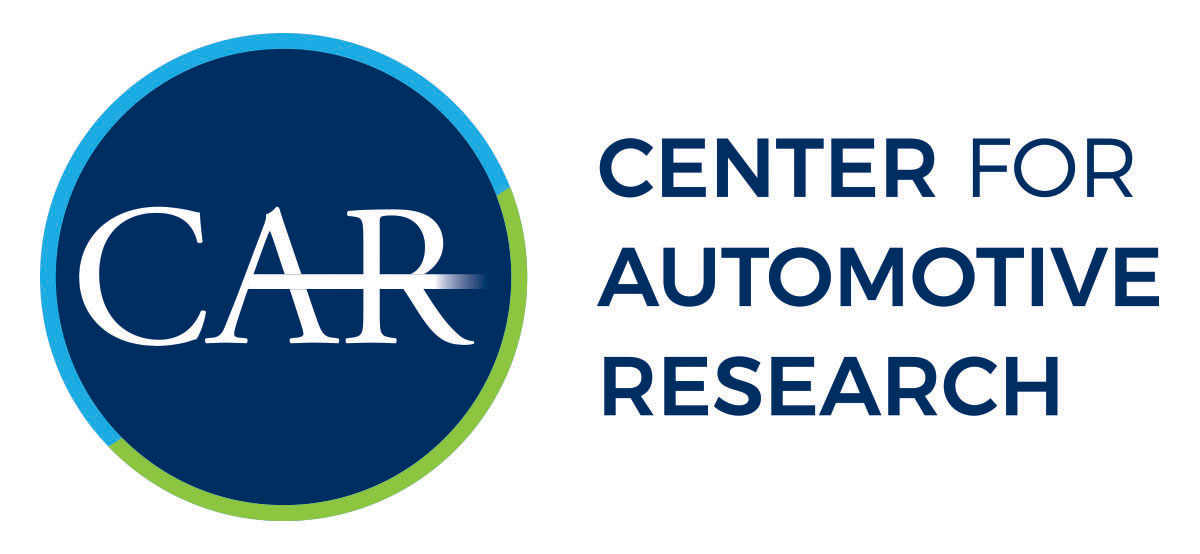Collaboration in the Automotive Supply Chain – Realizing the Full Potential of a Powerful Tool
Download NowFull Description:
The automotive industry has undergone a transformational evolution over the last two decades. Compared to just 20 years ago, the industry is now building different, more complex products and using changing corporate structure to deliver more content to consumers while actually decreasing prices. The increases in efficiency necessary to accomplish these changes have come about as a result of painful structural change that has significantly increased collaboration between automakers and suppliers. The industry is therefore functioning under a different operational structure for which the business
practices and corporate departments of both automakers and suppliers were not conceived. To take maximum advantage of the benefits offered by collaboration, and to advance the implementation of collaborative business practices even further in the future, automotive manufacturers and suppliers need to structure their companies in a way that will maximize collaboration while freeing employees and departments to do the tasks for which they are most appropriate.
Many stakeholders in the North American automotive industry, from automakers to lower tier suppliers, find themselves under unprecedented financial pressure. The U.S. market has begun a transition to smaller, passenger-car based vehicles while undergoing a drastic contraction of sales volume. Consumers have signaled a desire for smaller vehicles that generally cost less than those they purchased in the past. Decreasing transaction prices, when coupled with a decreased sales volume, create a revenue threat that is being felt in the entire automotive industry.
Thus, the industry finds itself in a time of shrinking market size and shrinking margins, while the resources available to address these developments are also shrinking. Globalization and the flight to source from low cost countries have resulted in some savings, but it has not been the panacea some had expected. Globalization, along with increasingly complex collaborative relationships in automakers’ home markets, has made it necessary for the automotive industry to reevaluate and change the way it manages collaboration.
Download Now